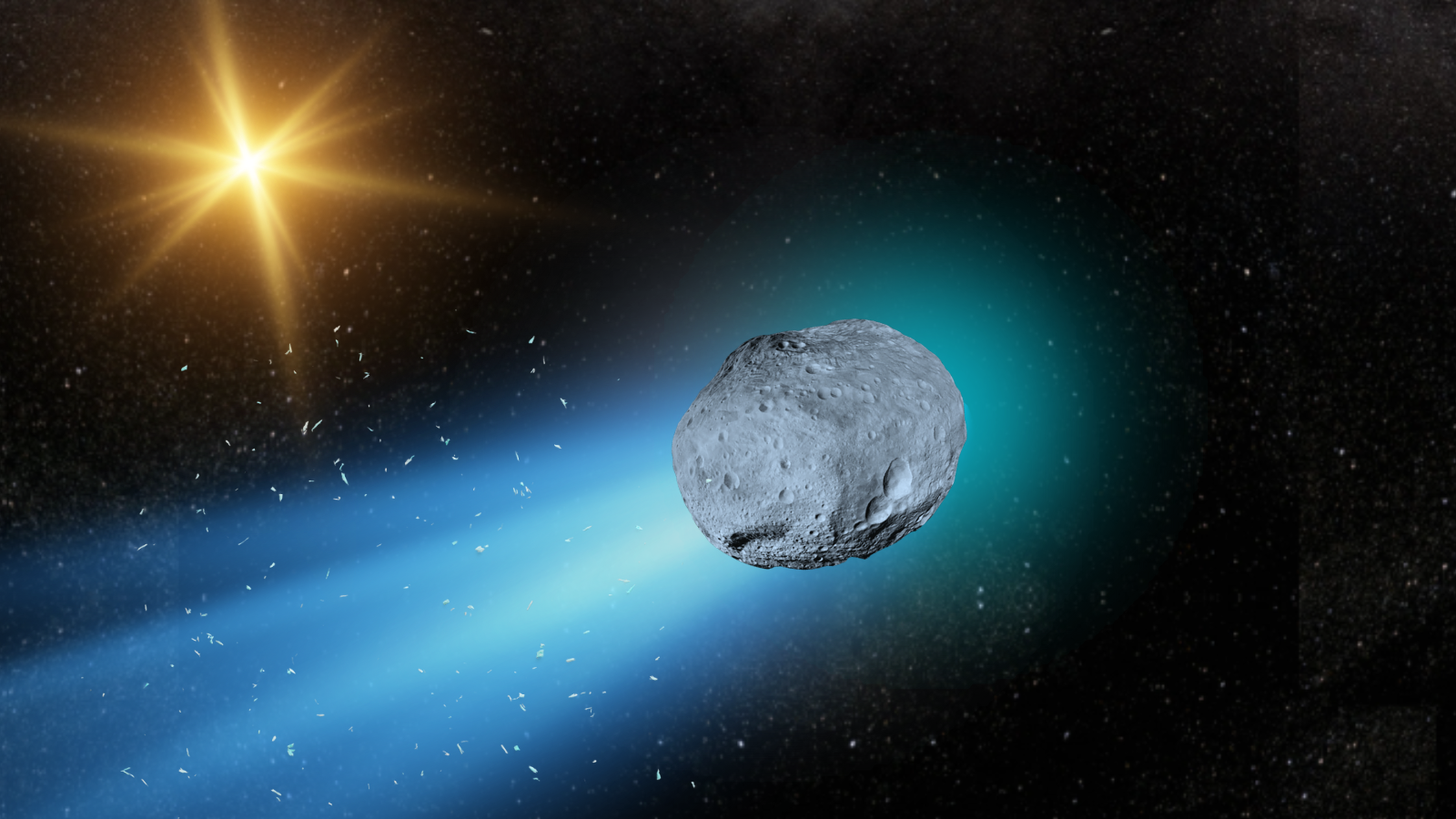Key Takeaways
- 3I/ATLAS brightened fivefold after passing the Sun on October 29, 2025.
- It’s showing non-gravitational acceleration, suggesting propulsion beyond normal comet behavior.
- The object turned bright blue, possibly from CO⁺ gases or artificial heat.
- James Webb Space Telescope will examine it in December 2025 to confirm if it’s natural or something else.
Harvard’s Avi Loeb Reports Strange Behavior in 3I/ATLAS
Harvard astrophysicist Avi Loeb has released new findings on 3I/ATLAS, the third known interstellar object to pass through our Solar System — and possibly the most mysterious yet. After swinging past the Sun on October 29, 2025, 3I/ATLAS began behaving in ways that standard comet physics can’t explain.
According to NASA and the Minor Planet Center, the object became five times brighter within a few days, and its motion now shows a clear non-gravitational acceleration. At a distance of 206 million kilometers from the Sun, 3I/ATLAS appears to be pushed by something other than gravity.
Loeb and his team detected two types of motion — one pushing it directly away from the Sun and another moving sideways. Surprisingly, there’s no vertical motion, which is rare for natural space debris.
Losing Mass — Without Any Visible Jets
If 3I/ATLAS were a comet, this acceleration would mean it’s losing mass through jets of gas or dust. Loeb estimates that around 13% of its total mass must have evaporated to account for the movement.
But that’s where the puzzle deepens: such mass loss should create large, visible jets — and none have been detected. No tails, no major gas emissions, nothing that could explain the energy required for the acceleration.
This discrepancy has led Loeb to suggest an alternative — a “rocket-like mechanism” that could be ejecting material at very high velocity, mimicking propulsion. Whether this is a natural but unknown process or something artificially engineered remains an open question.
A Comet That Turned Blue — and Possibly Metallic
As 3I/ATLAS neared the Sun, astronomers noted that it turned an unusually bright blue, something rarely seen in comets. This could mean the release of ionized CO⁺ gas, which emits a blue glow — or perhaps, Loeb notes, heat radiation from an unknown energy source.
Spectral data also revealed nickel-rich gas — material more consistent with industrial metal than typical comet dust. Combined with a low water content (only 4%, compared to the water-heavy composition of most comets), it adds another layer to the enigma.
Ten Clues That Make 3I/ATLAS Unlike Anything Seen Before
Loeb compiled a list of ten anomalies that make 3I/ATLAS one of the strangest objects ever observed:
- Orbital alignment: perfectly matching the plane of the planets (0.2% chance).
- Sun-facing jet: unlike any known comet behavior.
- Extreme mass: 1 million times heavier than ‘Oumuamua, yet even faster.
- Perfect timing: narrowly missing Mars, Venus, and Jupiter while staying hidden from Earth — 0.005% chance.
- Nickel-rich gas: resembling industrial metal, not natural dust.
- Low water content: just 4%, compared to 50%+ in typical comets.
- Negative polarization: never recorded before.
- Origin direction: nearly identical (9° apart) to the mysterious 1977 “Wow!” radio signal.
- Record brightening: faster and bluer than any comet ever tracked.
- Unexplained acceleration: losing mass with no observable gas cloud.
Each of these findings, on its own, might be explainable — but together, they paint a picture of something truly extraordinary.
What Comes Next: The James Webb Test
The next crucial step will come in December 2025, when the James Webb Space Telescope turns its instruments toward 3I/ATLAS. If the object behaves like a normal comet, it should by then be surrounded by a massive gas cloud made up of the material it’s supposedly losing.
If that gas cloud doesn’t appear, however, scientists will have to consider new possibilities — from exotic natural phenomena to the idea that 3I/ATLAS could be an artificial interstellar probe.
Conclusion: A Messenger from Beyond?
Since the first interstellar visitor, ‘Oumuamua, in 2017, scientists have debated whether some of these fast-moving objects could be artificial. With 3I/ATLAS, that debate has reignited.
Whether it’s a comet defying expectations or something engineered, Avi Loeb’s findings challenge our understanding of what travels between the stars. As observations continue in the months ahead, 3I/ATLAS may prove to be just a cosmic oddity — or the first real messenger from deep space.
Disclaimer: The information in this article is for general purposes only and does not constitute financial advice. The author’s views are personal and may not reflect the views of GameDegen.com. Before making any investment decisions, you should always conduct your own research. GameDegen.com is not responsible for any financial losses.



